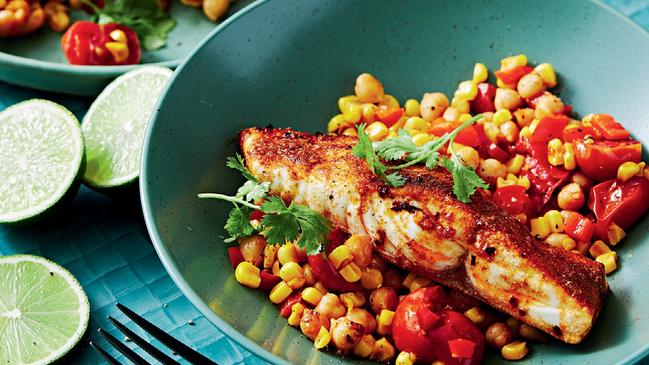In praise of legumes
Who wouldn’t mind losing a bit of weight by simply eating a little differently? We can start by adding more legumes to our diet.

I was almost asleep, drifting off with a random podcast, when the irresistible phrase “losing weight substituting beans for carbohydrates” drifted across my transom. And that was the afternoon snooze done, right there. Who wouldn’t mind losing a bit of weight by simply eating a little differently?
So I tuned in to one, then another fascinating edition of The Food Program, hosted by the BBC’s marvellous Sheila Dillon, devoted entirely to beans. Legumes, to be more accurate. Why we should grow more, eat more. I heard about their suitability for a diet that wants to eschew/reduce meat consumption; how they are a natural protein, not something cooked up in a lab; their benefits to the environment, being nitrogen-fixing plants; their benefits for gut health with its recognised link to mental health. Legumes have a remarkable nutritional profile and are a rich source of fibre and protein. They may improve blood pressure, reduce cholesterol, lower heart disease risk. They are also as cheap as chips (or cheap as chickpeas?). I’d heard about legume-heavy diets, like that of the Spanish, contributing to longevity. And yes, there was something about losing weight by using beans instead of pasta, bread and potatoes. In short, Sheila presented an outstanding case.
But where to start? I’m guessing the majority of beans consumed in this country are canned and most of those are navy beans processed with sugar and tomato sauce and labelled “baked beans”. And that, for me and I dare say many others, is the single greatest impediment to consuming more legumes: in order to make it a spontaneous thing, you need to use canned product and, frankly, canned product is not much chop. Which means having the dried product to hand, soaking the legumes overnight and then cooking them.
Or does it? One YouTube pressure-cooker guru insists a two-minute session with salt is an alternative. Certainly not better than the overnight soak, which helps degrade something called phytohemagglutinin and other lectins, but a viable alternative.
I bought 4kg of different dried legumes – pinto, chickpea, cannellini and red kidney – and “pre-soaked” a cup each both ways, traditional and pressured. Cost: $18.80. Visually, the difference was clear but after cooking, not so much. A quick bit of research came up with suggested pressure-cooking times for my four “pre-soaked” legumes: pinto 15, red kidney eight, chickpeas 12-18, cannellini eight. (I suggest testing them halfway for “done-ness”.) The pintos became baked beans with tomato; the chickpeas hummus; some of the red kidneys went into a dog casserole, some cannellini into a puree to go with schnitzel, and the rest into a big pot of minestrone-like soup. A mountain of food. The weight is falling off; the bang for buck incredible. And the wind? Prodigious. Sheila didn’t mention that.


